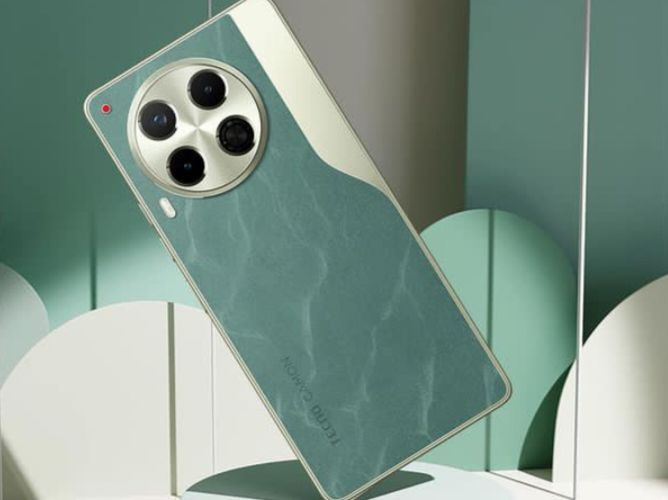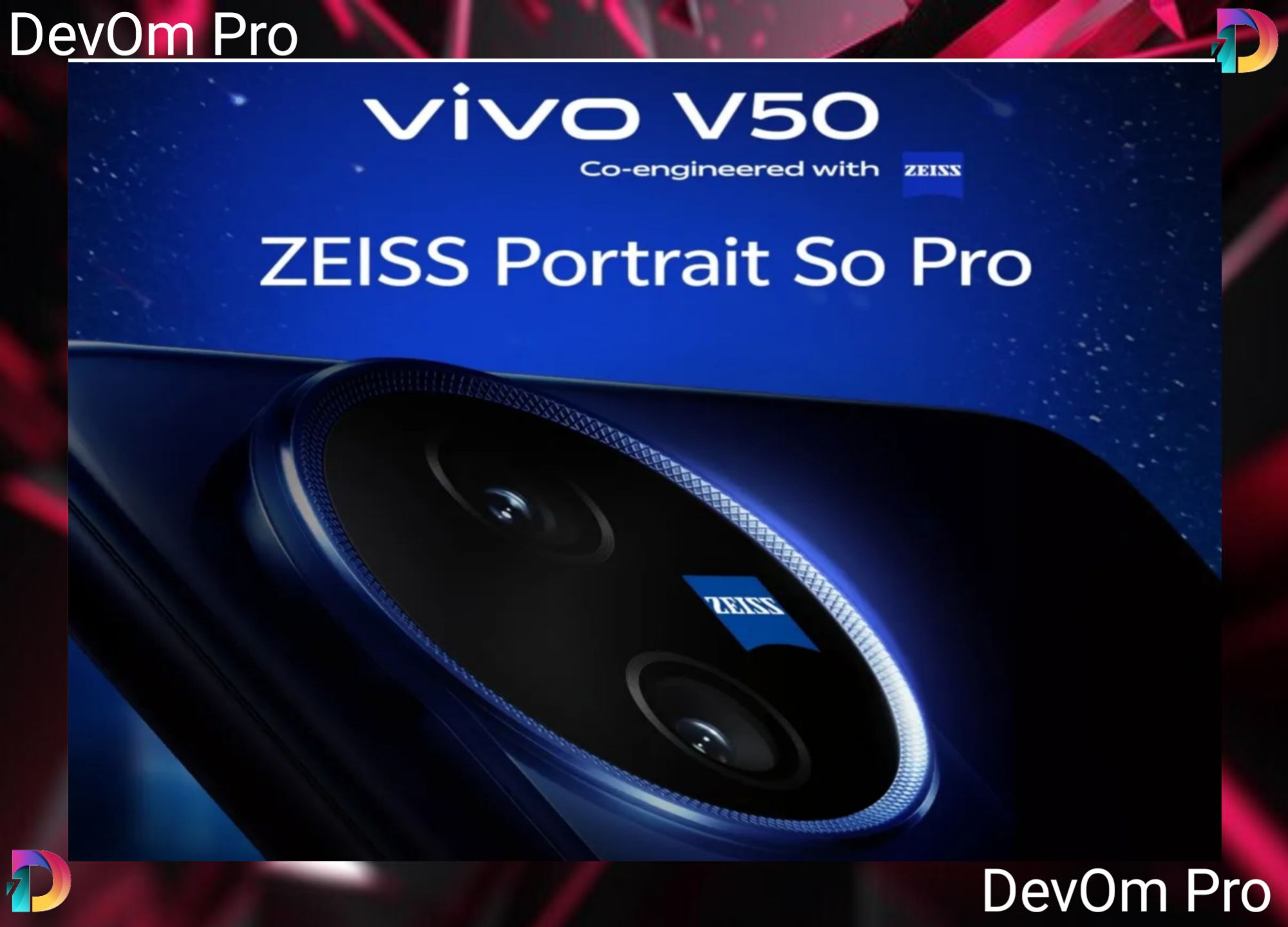The ASUS Zenfone AR is a remarkable device that stands out in the crowded smartphone market due to its unique combination of features, especially its augmented reality (AR) capabilities. Released as a pioneer in integrating AR and virtual reality (VR) technologies, the Zenfone AR was designed to offer users an immersive experience that goes beyond the typical smartphone functionalities. This article delves into the detailed features of the ASUS Zenfone AR, presenting a comprehensive overview that spans various aspects of its design, performance, and technological advancements.
1. Design and Build Quality
The ASUS Zenfone AR is crafted with a sleek and sophisticated design that balances aesthetics with functionality. Its dimensions are well-proportioned, making it comfortable to hold while maintaining a modern and elegant appearance.

- Material: The phone features a metal frame with a glass back, which gives it a premium feel. The back panel is adorned with a textured leather finish, providing a unique and tactile experience.
- Dimensions: With dimensions of 158.7 x 77.7 x 9 mm, the Zenfone AR is slim enough to fit comfortably in hand, yet substantial enough to house its powerful hardware.
- Weight: Weighing 170 grams, the phone strikes a balance between sturdiness and portability, making it neither too heavy nor too light.
The design of the ASUS Zenfone AR is not just about looks; it is also functional, with careful attention given to the placement of buttons, ports, and sensors. The fingerprint sensor is embedded within the home button on the front, ensuring quick and easy access. The phone also includes capacitive touch buttons for navigation, enhancing the overall user experience.
Display
The display is one of the most critical components of any smartphone, and the ASUS Zenfone AR does not disappoint in this regard. It features a 5.7-inch Super AMOLED display with a resolution of 1440 x 2560 pixels, resulting in a pixel density of approximately 515 ppi. This ensures that images and text appear sharp, vibrant, and detailed.
- Type: Super AMOLED
- Size: 5.7 inches
- Resolution: 1440 x 2560 pixels
- Pixel Density: 515 ppi
- Protection: Corning Gorilla Glass 4
The Super AMOLED technology provides deep blacks and vivid colors, which is particularly beneficial for AR and VR applications. The wide color gamut and high contrast ratio make the display ideal for viewing content in various lighting conditions, whether indoors or outdoors.
Performance
Under the hood, the ASUS Zenfone AR is powered by the Qualcomm Snapdragon 821 processor, a quad-core chipset that was among the most powerful at the time of the phone’s release. This processor, combined with the Adreno 530 GPU, ensures that the Zenfone AR can handle demanding applications, including AR and VR experiences, with ease.
- Processor: Qualcomm Snapdragon 821
- CPU: Quad-core (2×2.35 GHz Kryo & 2×1.6 GHz Kryo)
- GPU: Adreno 530
- RAM: 6GB or 8GB (depending on the variant)
- Storage: 64GB, 128GB, or 256GB (expandable via microSD up to 2TB)
The device’s performance is further enhanced by its ample RAM, which allows for smooth multitasking and quick access to frequently used apps. Whether you’re playing a graphically-intensive game, running AR applications, or simply browsing the web, the ASUS Zenfone AR delivers a lag-free experience.
AR and VR Capabilities
The standout feature of the ASUS Zenfone AR is its support for both Google Tango and Daydream, making it one of the first smartphones to offer such capabilities. Google Tango is an AR platform that allows the phone to understand space and motion, enabling a range of AR applications that can map physical spaces, recognize objects, and more.
- Google Tango: The phone is equipped with a TriCam system that includes a motion-tracking camera, a depth-sensing camera, and a 23MP primary camera. This combination allows the Zenfone AR to accurately track motion and measure distances in real-time, providing an immersive AR experience.
- Google Daydream: In addition to AR, the Zenfone AR is also compatible with Google Daydream, a VR platform that offers a rich selection of VR content. The phone’s high-resolution display and powerful processor ensure that VR experiences are smooth and immersive.
These AR and VR capabilities open up a new world of possibilities for users, from gaming and entertainment to practical applications like interior design and navigation.
Camera System
The ASUS Zenfone AR features a sophisticated camera system designed to deliver high-quality images in a variety of conditions. The primary camera is a 23MP shooter with an f/2.0 aperture, capable of capturing detailed and vibrant photos.
- Primary Camera: 23MP, f/2.0, 24mm, PDAF, Laser AF, 4-axis OIS
- Secondary Cameras: Depth-sensing camera and motion-tracking camera for AR
- Features: Dual-LED (dual-tone) flash, HDR, panorama
- Video Recording: 4K at 30fps, 1080p at 30/60fps
The camera system is further enhanced by features like phase detection autofocus (PDAF), laser autofocus, and optical image stabilization (OIS), which work together to ensure sharp and clear images, even in challenging lighting conditions. The dual-LED flash provides natural-looking illumination in low-light situations.
On the front, the Zenfone AR sports an 8MP camera with an f/2.0 aperture, perfect for selfies and video calls. The front camera also supports 1080p video recording, ensuring high-quality video content.
Battery Life
Battery life is a crucial aspect of any smartphone, especially one that is designed to handle power-hungry AR and VR applications. The ASUS Zenfone AR is equipped with a 3,300mAh battery, which provides sufficient power to get through a full day of typical use.
- Battery Capacity: 3,300mAh
- Type: Non-removable Li-Ion
- Charging: Quick Charge 3.0 (60% in 39 minutes)
- Battery Life: Up to 10 hours of talk time
The phone supports Quick Charge 3.0, which allows users to rapidly recharge their device, minimizing downtime. This is particularly useful for users who engage in AR and VR experiences, as these applications can be more demanding on the battery.
Software and User Interface
The ASUS Zenfone AR runs on Android 7.0 Nougat out of the box, with ASUS’s custom ZenUI skin on top. The ZenUI offers a range of customization options, including themes, icon packs, and more, allowing users to personalize their experience.
- Operating System: Android 7.0 Nougat (upgradable to Android 8.0 Oreo)
- User Interface: ZenUI
- Key Features: Google Tango and Daydream support, customizable themes, advanced security options
The software is optimized to take full advantage of the phone’s AR and VR capabilities, with specialized apps and tools that enhance the overall user experience. ASUS has also included several productivity features, such as a customizable home screen, smart gestures, and one-handed mode.
Connectivity and Sensors
The ASUS Zenfone AR is equipped with a comprehensive set of connectivity options and sensors, ensuring that it can connect to a wide range of networks and devices.
- Connectivity: 4G LTE, Wi-Fi 802.11 a/b/g/n/ac, Bluetooth 4.2, NFC, USB Type-C
- Sensors: Fingerprint (front-mounted), accelerometer, gyro, proximity, compass, barometer
The phone supports 4G LTE for fast internet speeds, as well as dual-band Wi-Fi for stable and reliable wireless connections. Bluetooth 4.2 ensures quick and easy pairing with other devices, while NFC enables contactless payments and other convenient features.
The Zenfone AR also includes a comprehensive set of sensors that enhance its functionality, particularly in AR applications. The accelerometer, gyroscope, and proximity sensor work together to provide accurate motion tracking, while the barometer adds an additional layer of environmental awareness.
Audio and Multimedia
Audio quality is another area where the ASUS Zenfone AR excels. The phone features a 5-magnet speaker system that delivers clear and powerful sound, making it ideal for media consumption and gaming.
- Audio: Hi-Res Audio, DTS Headphone X, 5-magnet speaker
- Multimedia: FM Radio, MP3/WAV/eAAC+/FLAC player, MP4/H.264 player
The inclusion of Hi-Res Audio and DTS Headphone X support ensures that users can enjoy high-quality sound whether they’re listening to music, watching videos, or playing games. The 5-magnet speaker system also provides a rich and immersive audio experience, with minimal distortion even at high volumes.
Storage and Memory
The ASUS Zenfone AR offers ample storage options to accommodate a wide range of user needs. The phone is available in three storage variants: 64GB, 128GB, and 256GB, all of which can be expanded via microSD card up to 2TB.
- Internal Storage: 64GB/128GB/256GB
- Expandable Storage: microSD up to 2TB
- RAM: 6GB or 8GB (depending on the variant)
The large storage capacity ensures that users can store a significant amount of data, including high-resolution photos, videos, and AR content, without worrying about running out of space. The ample RAM also contributes to the phone’s smooth performance, allowing for seamless multitasking and quick app launches.
Security Features
Security is a top priority for many smartphone users, and the ASUS Zenfone AR includes several features to protect user data and privacy.
- Fingerprint Sensor: The front-mounted fingerprint sensor provides quick and secure access to the device, ensuring that only authorized users can unlock the phone.
- Software Security: The Zenfone AR includes various software-based security features, such as app lock, file encryption, and secure boot, to safeguard user data.
These security features, combined with regular software updates from ASUS, help to keep the device protected from potential threats and vulnerabilities.
Price and Availability
At the time of its release, the ASUS Zenfone AR was positioned as a premium smartphone, with a price tag that reflected its advanced features and capabilities.
- Price: The price of the ASUS Zenfone AR varied depending on the storage and RAM configuration, with the base model starting at around $599 and the highest-end model reaching up to $799.
- Availability: The phone was widely available in major markets, including the United States, Europe, and Asia, through both online and offline retailers.
While the price may have been on the higher side, it was justified by the unique AR and VR features that the Zenfone AR offered, making it an attractive option for tech enthusiasts and early adopters.
Comparison with Competitors
The ASUS Zenfone AR was one of the first smartphones to support both Google Tango and Daydream, setting it apart from other devices on the market. However, it faced competition from other flagship smartphones that offered different sets of features.
| Feature | ASUS Zenfone AR | Google Pixel XL | Samsung Galaxy S8 | LG V20 |
|---|---|---|---|---|
| Display | 5.7-inch Super AMOLED | 5.5-inch AMOLED | 5.8-inch Super AMOLED | 5.7-inch IPS LCD |
| Processor | Snapdragon 821 | Snapdragon 821 | Exynos 8895/Snapdragon 835 | Snapdragon 820 |
| RAM | 6GB/8GB | 4GB | 4GB | 4GB |
| Storage | 64GB/128GB/256GB | 32GB/128GB | 64GB/128GB | 32GB/64GB |
| Primary Camera | 23MP | 12.3MP | 12MP | 16MP |
| AR/VR Support | Google Tango & Daydream | Daydream only | Daydream only | None |
| Battery | 3,300mAh | 3,450mAh | 3,000mAh | 3,200mAh |
| Price | $599 – $799 | $769 – $869 | $720 – $840 | $799 |
This table highlights the key differences between the ASUS Zenfone AR and its competitors. While the Zenfone AR offered unique AR and VR capabilities, other devices like the Google Pixel XL and Samsung Galaxy S8 had their own strengths, such as superior cameras and newer processors.
User Experience and Feedback
User feedback for the ASUS Zenfone AR was generally positive, with many praising its AR capabilities, display quality, and performance. However, there were also some criticisms, particularly regarding its battery life and the relatively high price.
- Positive Feedback: Users appreciated the phone’s ability to run AR and VR applications smoothly, as well as its high-quality display and robust build.
- Negative Feedback: Some users felt that the battery life could have been better, especially when using AR applications for extended periods. Others mentioned that the phone’s price was on the higher side, making it less accessible to the average consumer.
Overall, the ASUS Zenfone AR was well-received, particularly by tech enthusiasts who were eager to explore the possibilities of AR and VR on a mobile device.
Conclusion
The ASUS Zenfone AR is a groundbreaking device that pushed the boundaries of what a smartphone could do. With its advanced AR and VR capabilities, high-quality display, and powerful performance, it offered users a unique and immersive experience. While it may have faced some challenges in terms of battery life and pricing, the Zenfone AR remains a notable entry in the history of mobile technology, particularly for its pioneering role in integrating AR and VR into a mainstream smartphone.




